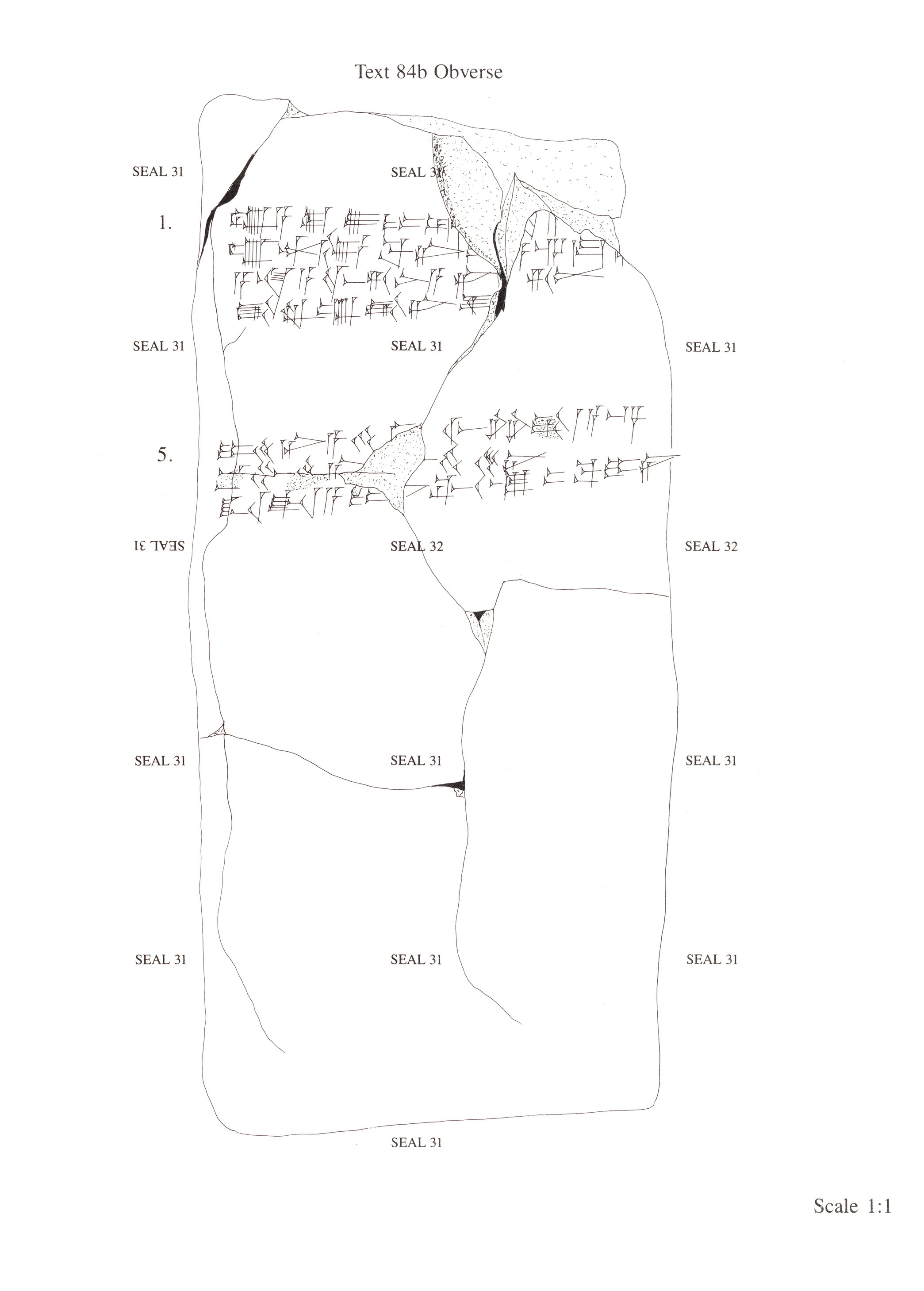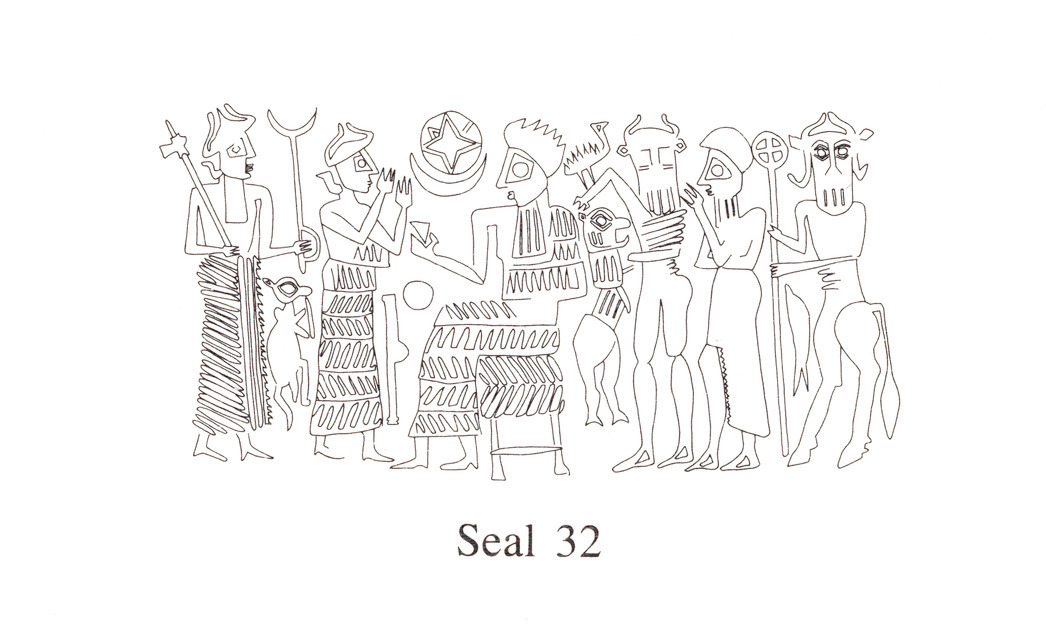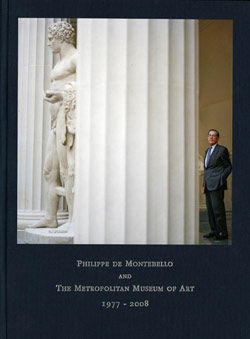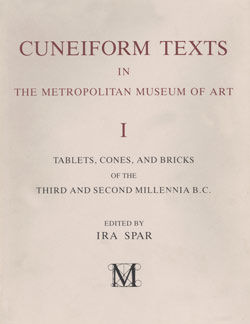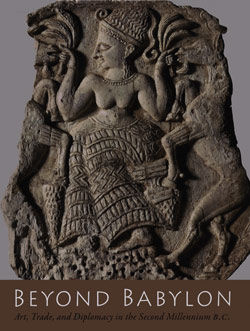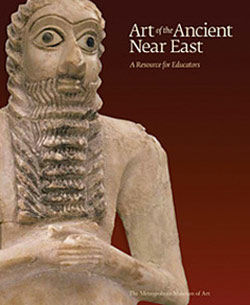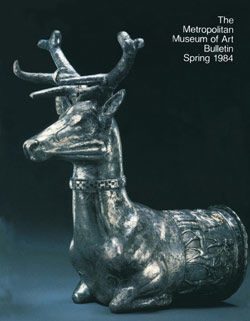Cuneiform tablet case impressed with two cylinder seals, for cuneiform tablet 66.245.5a: record of a lawsuit
Not on view
Kültepe, the ancient city of Kanesh, was a powerful and cosmopolitan city located in northern Cappadocia in central Anatolia. During the early second millennium B.C., it became part of the network of trading settlements established across the region by merchants from Ashur (in Assyria in northern Mesopotamia). Travelling long distances by donkey caravan, and often living separately from their families, these merchants traded vast quantities of tin and textiles for gold and silver in addition to controlling the copper trade within Anatolia itself. Although the merchants adopted many aspects of local Anatolian life, they brought with them Mesopotamian tools used to record transactions: cuneiform writing, clay tablets and envelopes, and cylinder seals. Using a simplified version of the elaborate cuneiform writing system, merchants tracked loans as well as business deals and disputes, and sent letters to families and business partners back in Ashur. These texts also provide information about the greater political history of Ashur and the Anatolian city-states as well as details about the daily life of Assyrians and Anatolians who not only worked side-by-side, but also married and had children together. At Kültepe, thousands of these texts stored in household archives were preserved when fire destroyed the city in ca. 1836 B.C. and provide a glimpse into the complex and sophisticated commercial and social interactions that took place in the Near East during the beginning of the second millennium B.C.
The tablet (66.245.5a) contained in this case, represents one such document and records court testimony describing an ownership dispute. The case is sealed with two different cylinder seals belonging to the two witnesses to the deposition, rolled across the front, back, and sides in an alternating pattern. Both seal impressions show scenes in which worshippers approach a larger seated figure, probably a deity, holding a cup. The use of the cylinder seal during this period, rather than the stamp seal, was typically Mesopotamian, but Anatolians quickly adopted the cylinder seal for their own use. In the impressions seen on this tablet, while the procession toward a seated deity and bull-men are drawn from the Mesopotamian artistic repertoire and certain aspects of the figures, such as the sharply rendered fingers, are typical of the Old Assyrian style, other features such as the oversized eyes of one impression and the herringbone patterned clothing of the other are associated with Anatolian imagery. This new cylinder seal style is exemplary of the artistic innovation and fluidity that arose from the cultural interaction between the two areas.
#7072. Overview: Connections between Anatolia and Assyria
Due to rights restrictions, this image cannot be enlarged, viewed at full screen, or downloaded.
This artwork is meant to be viewed from right to left. Scroll left to view more.


